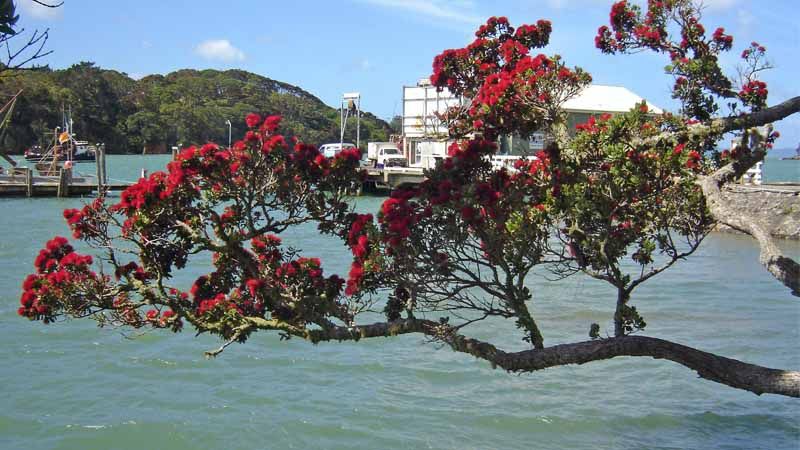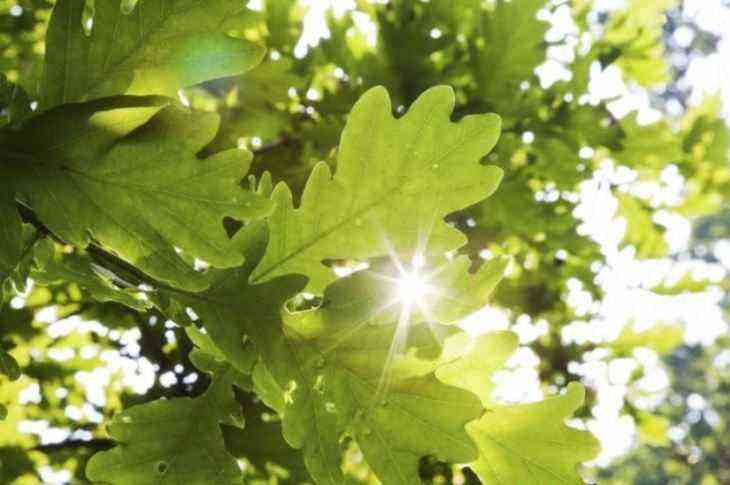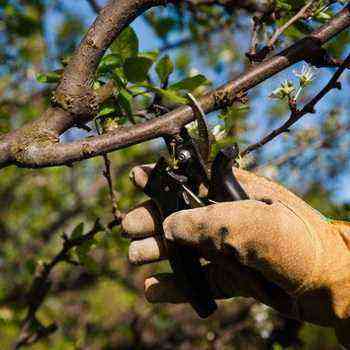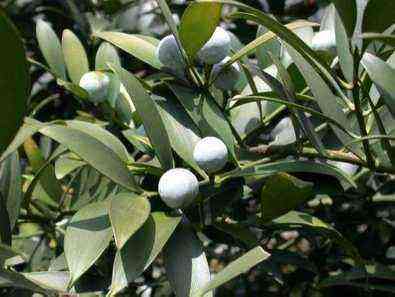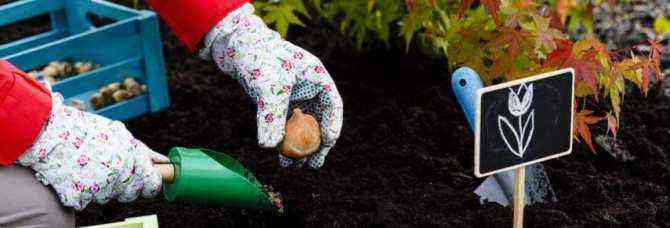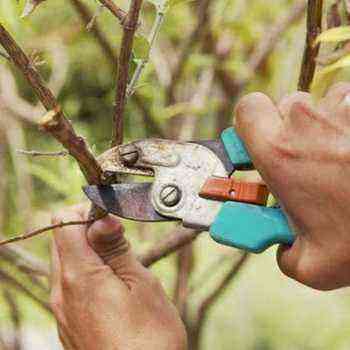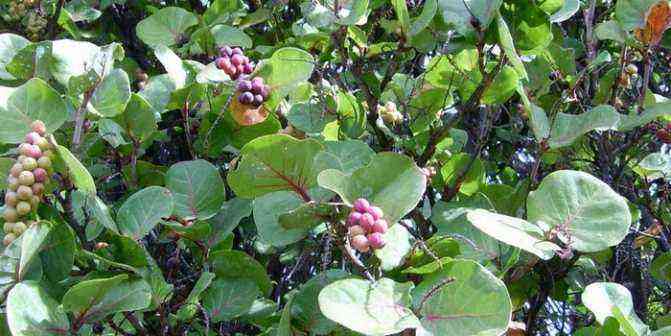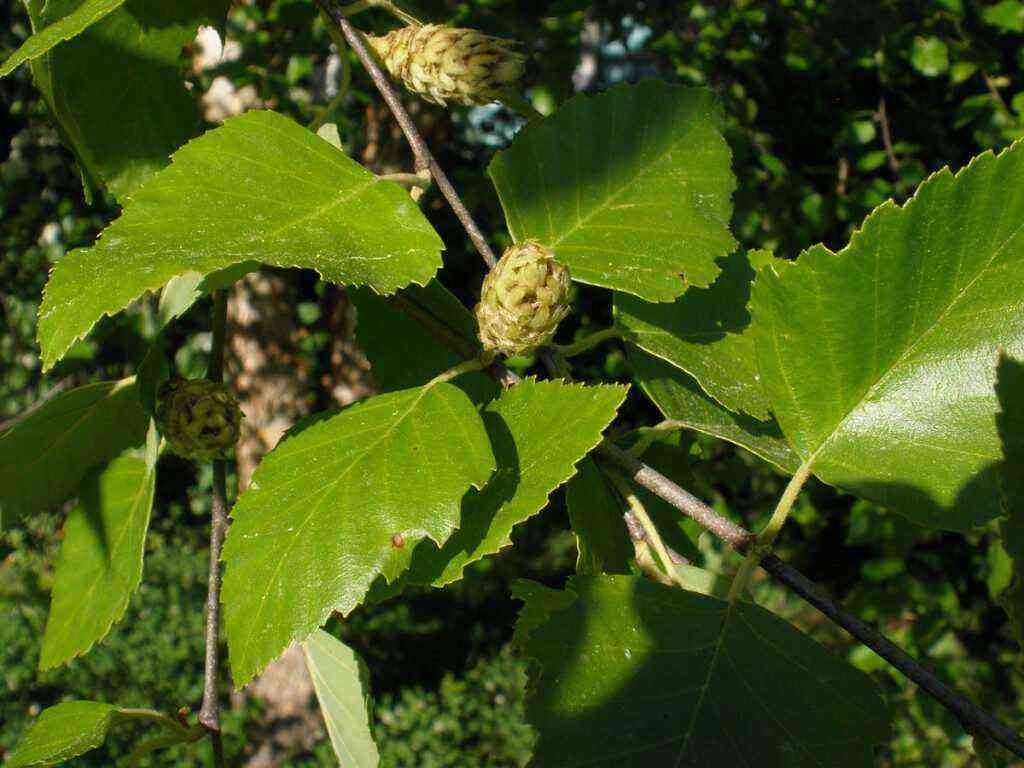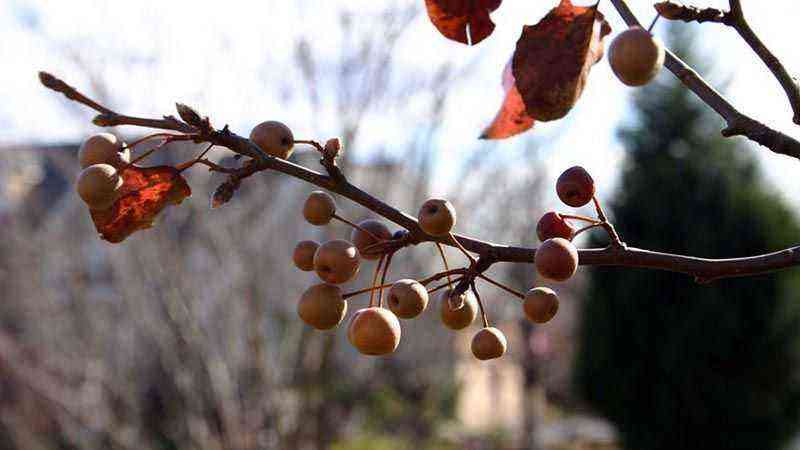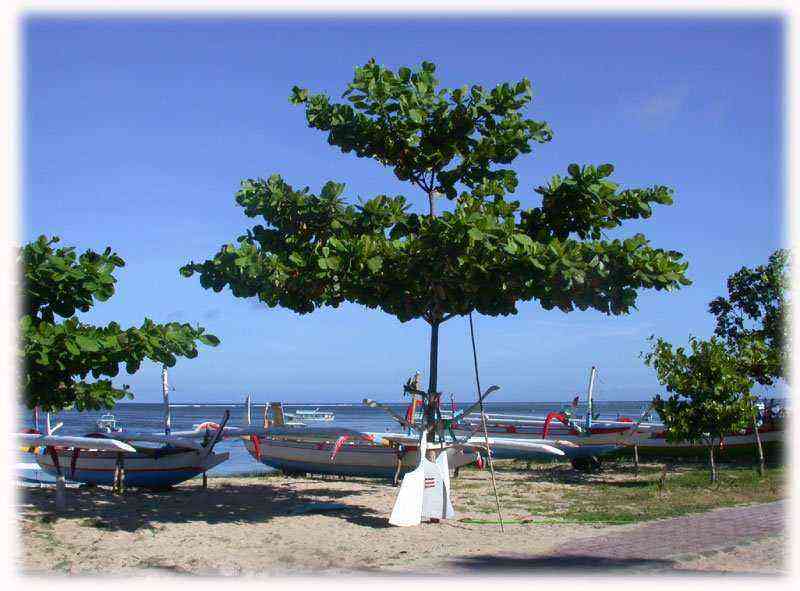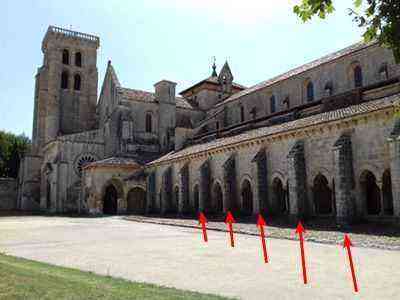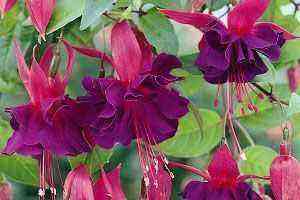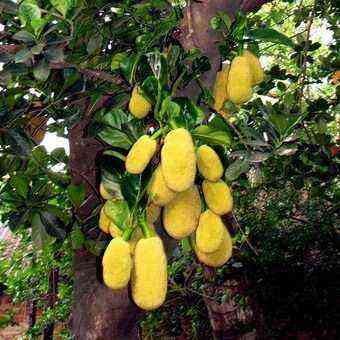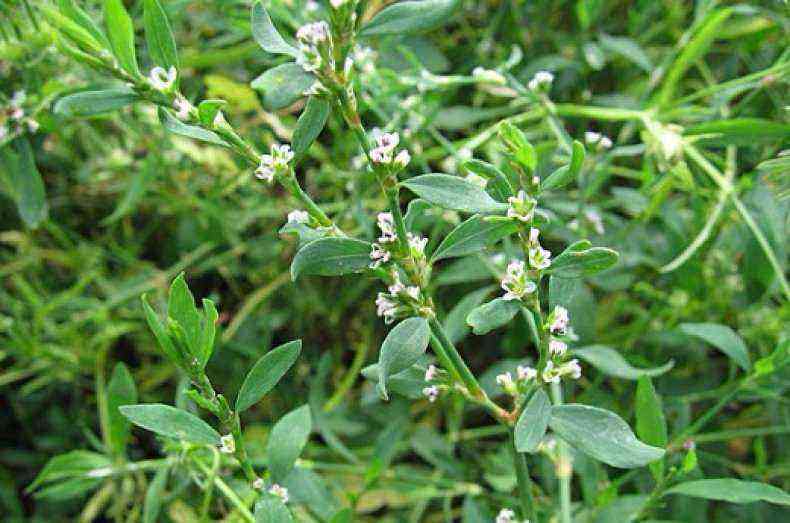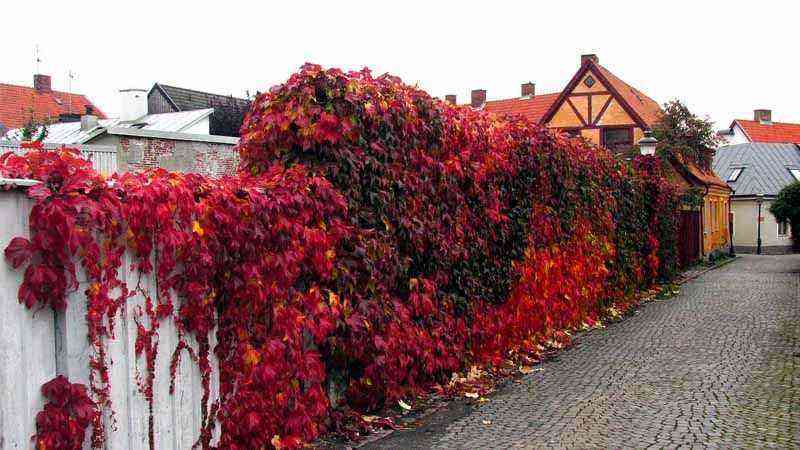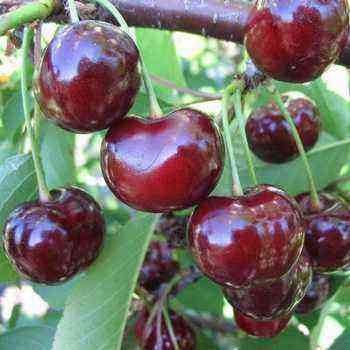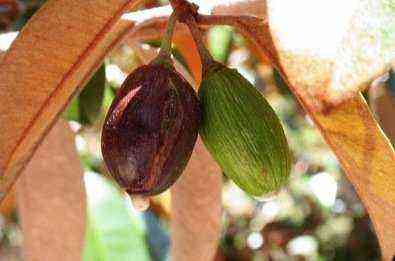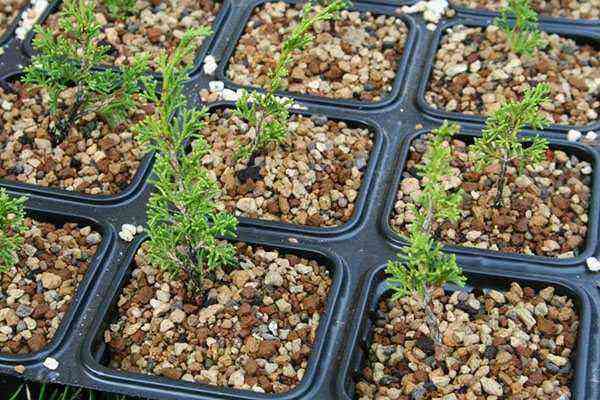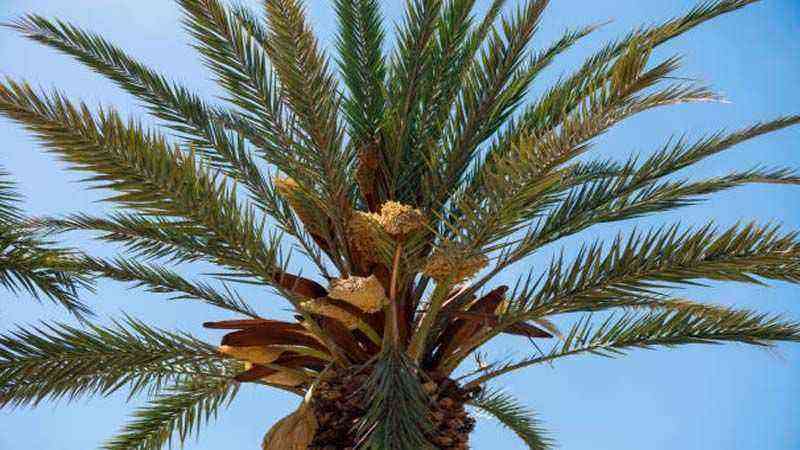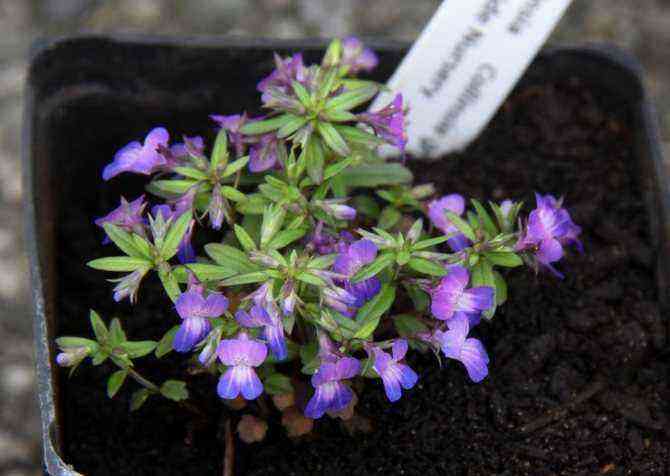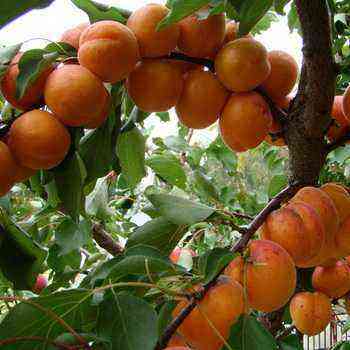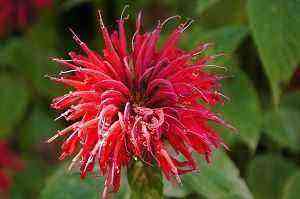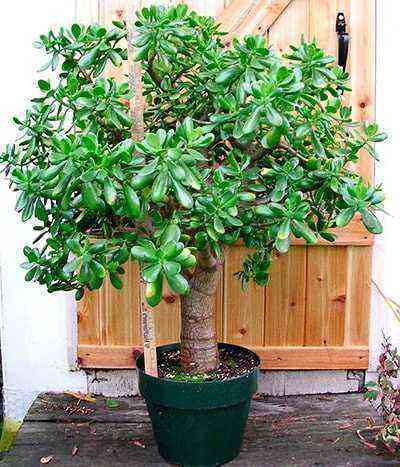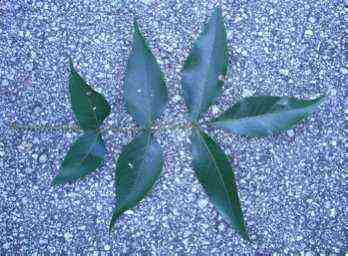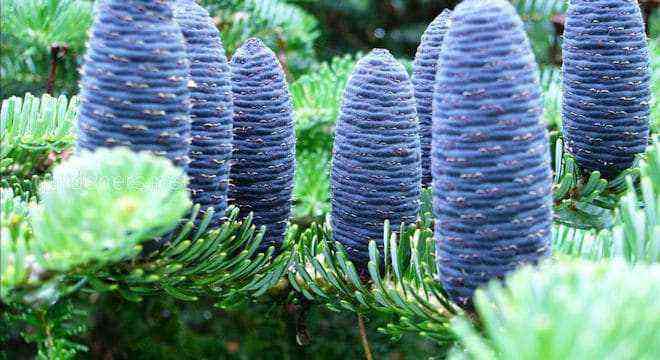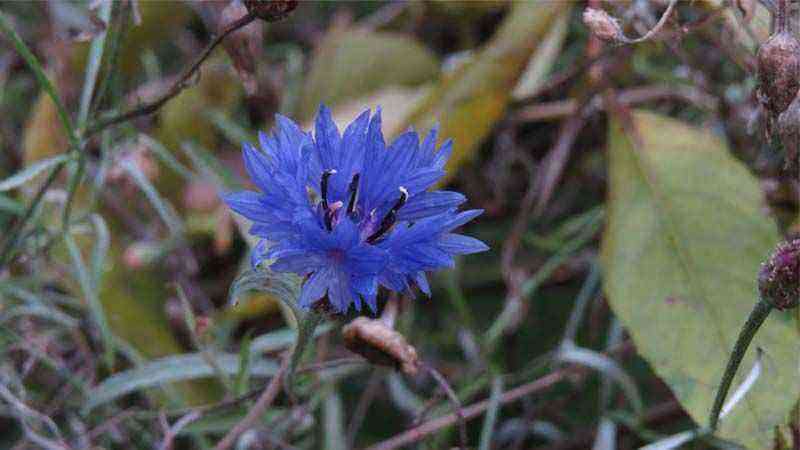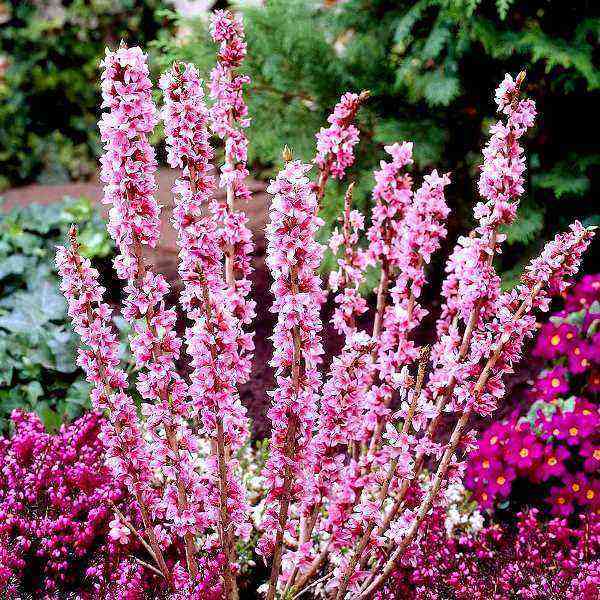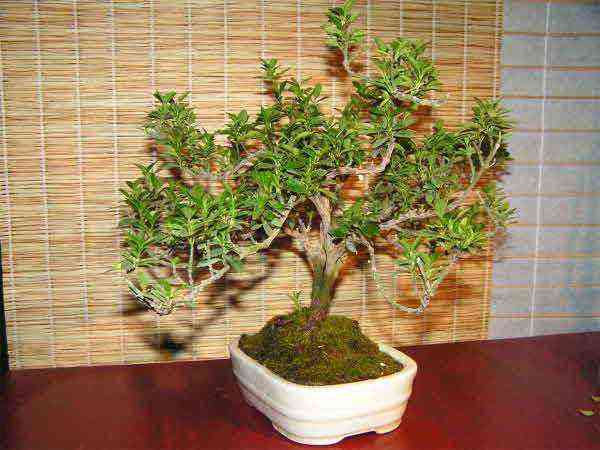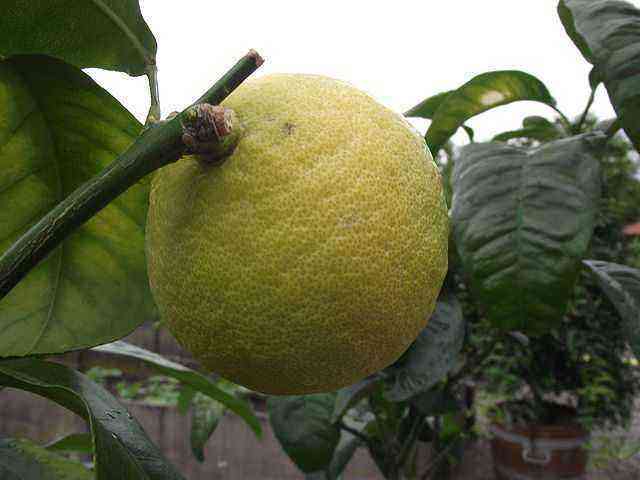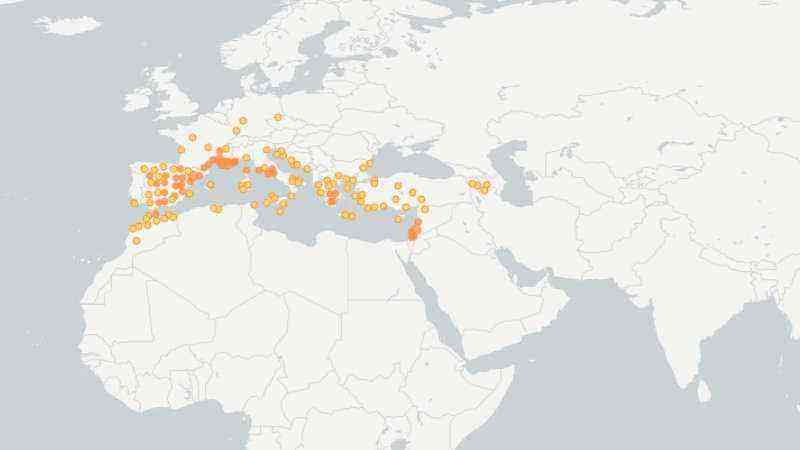Pohutukawa belongs to the family of Myrtaceae and scientifically known as Metrosideros excelsaIs a fast growing tree and abundant flowering that dyes them red in spring.
Baptized by the Maori of New Zealand, where it is from, as pohutukawa, the first specimen named in Europe is found in Spain, specifically in the Genoves Park in the city of Cádiz, considered a centenary tree.
There is also a specimen in the courtyard of the local Monte Alto police station in A Coruña, which according to locals and New Zealand botanist Warwick Harris, could be over 400 years old And, if true, it would turn the story of the discovery by the Dutch Tasman and the English Cook of New Zealand upside down, supporting Winston Cowie’s theory that the Spanish and Portuguese were the first to arrive.
Historical curiosities aside, we will always be grateful to whoever brought us from the antipodes this wonderful tree and so easy to grow in our gardens.
Characteristics of pohutukawa (Metrosideros excelsa)
Pohutukawa (Metrosideros excelsa) is one of the approximately 50 known species of the genre Metrosideros. It is located in coastal areas of New Zealand, although it has adapted very well in countries with temperate or subtropical climates.
Its name Metrosideros, comes from the Greek and means “heartwood of iron”, a name awarded by the considerable hardness of its wood and it is commonly called iron tree.
Trunk and branches
Su growth is shrubby and highly branched. Over time it can grow into a tree up to 20 meters high, forming a very short and thick trunk and a canopy that is paralyzed, although somewhat irregular. On the branches of the oldest specimens, very fibrous, reddish hanging aerial roots grow.
The younger branches are covered with a fine white or greyish hair that is disappearing as they mature. Both the trunk and the oldest branches are reddish in color and show visible cracks in the bark.
Leaves of Metrosideros excelsa
Pohutukawa is a evergreen tree, with opposite, oblong leaves, with a smooth margin and a sharp or pointed apex.
Very bright olive green on the upper surface and whitish on the underside. Thick and leathery in consistency, its midrib is whitish and very visible on the underside, unlike its secondary veins, which are barely perceptible.
Flowers of Metrosideros excelsa
Blooms in spring in showy and abundant inflorescences composed of five petals from which a tight group of fine filaments of a striking red color emerge, at the end of which the pollen is housed.
They are hermaphroditic flowers that, when fertilized, produce the fruits, small woody capsules that house the seeds. The Maori name for the flowers of Metrosideros excelsa es kahika.
Pohutukawa Care Guide (Metrosideros excelsa)
Metrosideros excelsa grows well in temperate climates, where the minimum temperature is not lower than 5 ° C since it does not withstand frost or too intense heat, especially when it is young.
He likes Coast zones, being able to grow on steep cliffs clinging to rocks. Supports salinity very well and the coastal winds so it can grow perfectly on the beachfront as a windbreak hedge.
It is a very resistant tree that is not affected by diseases or typical pests of garden plants, so its care is very simple.
Location of Metrosideros excelsa
Pohutukawa is happy in environments in full sun, although it can also be in semi-shade as long as the hours of exposure to the sun are the majority, and it can be grown in the soil of gardens and parks or in large pots.
You can give way to seto, since it supports pruning very well, although if we let it grow individually it becomes a good shade tree.
Irrigation
During the colder months irrigation has to be moderate, being unnecessary if the rain is frequent. In summer, especially when temperatures are higher, it will be convenient water two to three times a week.
This species is quite resistant to drought, so we recommend watering only when the substrate is partially dry.
Substrate and compost
The needs of Metrosideros excelsa as for the substrate they are not too demanding. It will suffice with a soil that is somewhat fertile or a universal substrate in the case of being in pots. In both cases you must have a good drainage to avoid puddles unwanted.
Once a year it is convenient to fertilize the land with some organic fertilizer or slow release, the ideal time is towards the end of winter to provide the necessary nutrients when it resumes growth and begins flowering.
Multiplication and transplants
Although can be reproduced by cuttings starting from young branches, it is quite difficult to get them to root. Instead, it is very easy get it through fresh seeds sown in spring.
If we want to transplant from a pot to a larger one or to a definitive location in the ground, we must do it during the spring when there is no longer the risk of frost.
Pruning of Metrosideros excelsa
Pohutukawa is a tree that lends itself very well to pruning, although the best time to prune if we want to shape a hedge is when early spring .
If we do it before flowering, it will most likely not flower, so it is advisable to prune once flowering is over.
Uses of pohutukawa (Metrosideros excelsa)
The Maori used the bark and nectar of pohutukawa flowers for their astringent property, as a remedy to calm coughs and heal wounds.
La wood, which is very hard and consistent, turned into small utensils and paddles. For them it is also a revered tree, according to the Maori tradition, in Cape Reinga, there is a specimen of more than 800 years that is in charge of protecting the entrance of a sacred cave that is the door that spirits go through on their journey to the other world.
The flowering of this shrub in New Zealand has its peak between November and January (summer in the southern hemisphere) and being covered in red thanks to its flowers, it is considered as the Christmas tree for New Zealanders.

